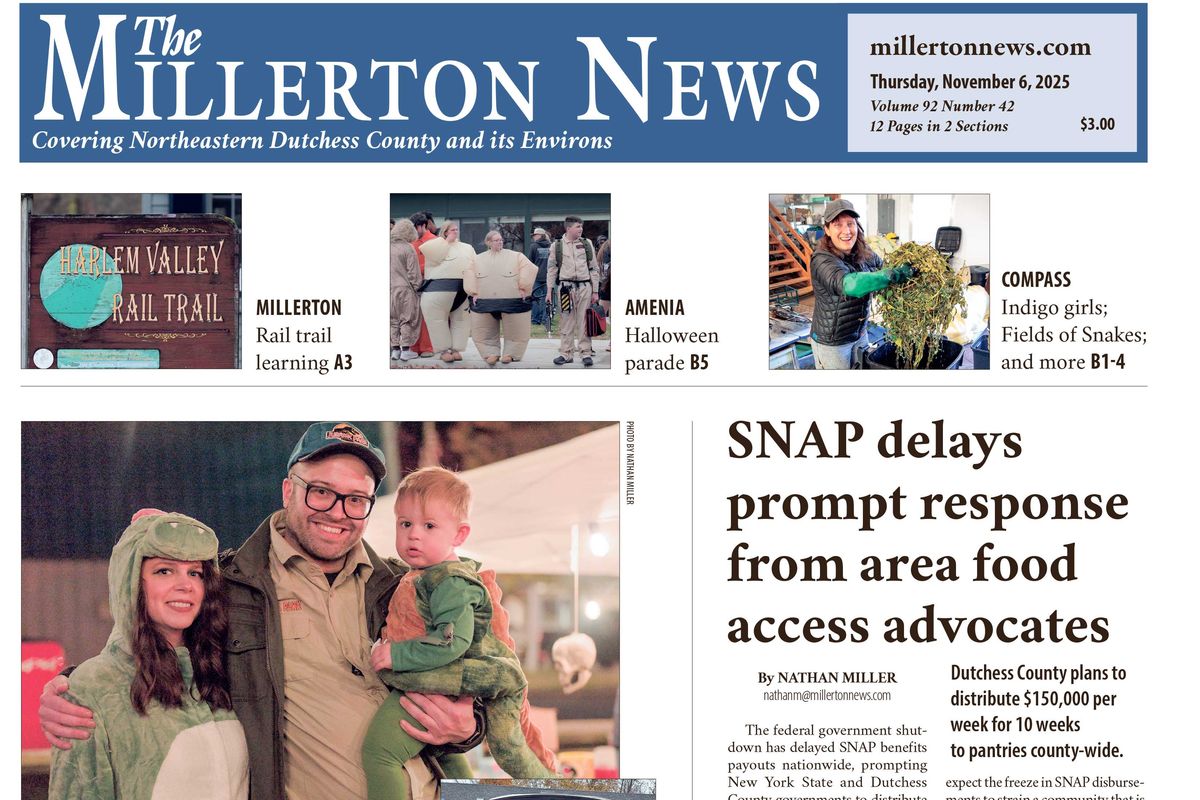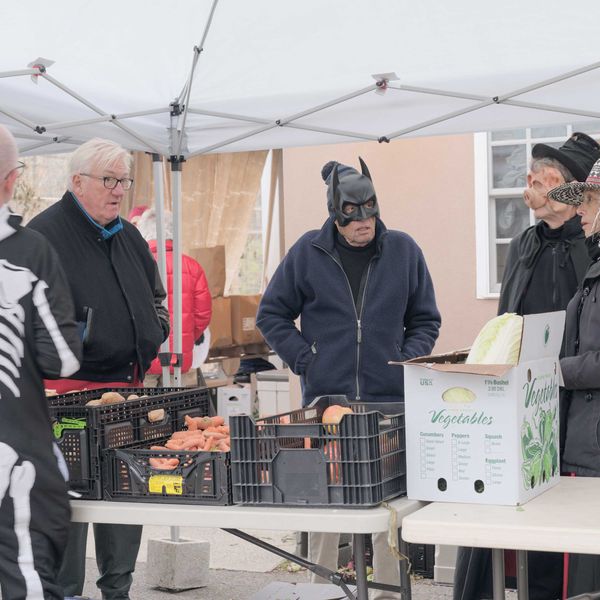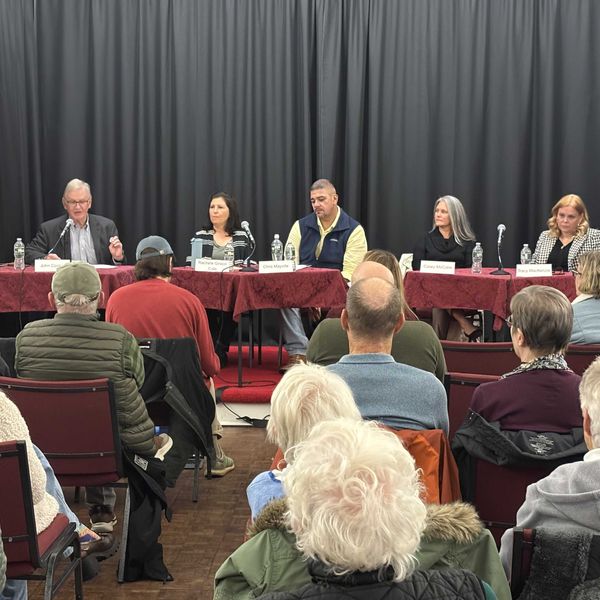The path is paved!: Trail to Train links Wassaic station to hamlet’s center
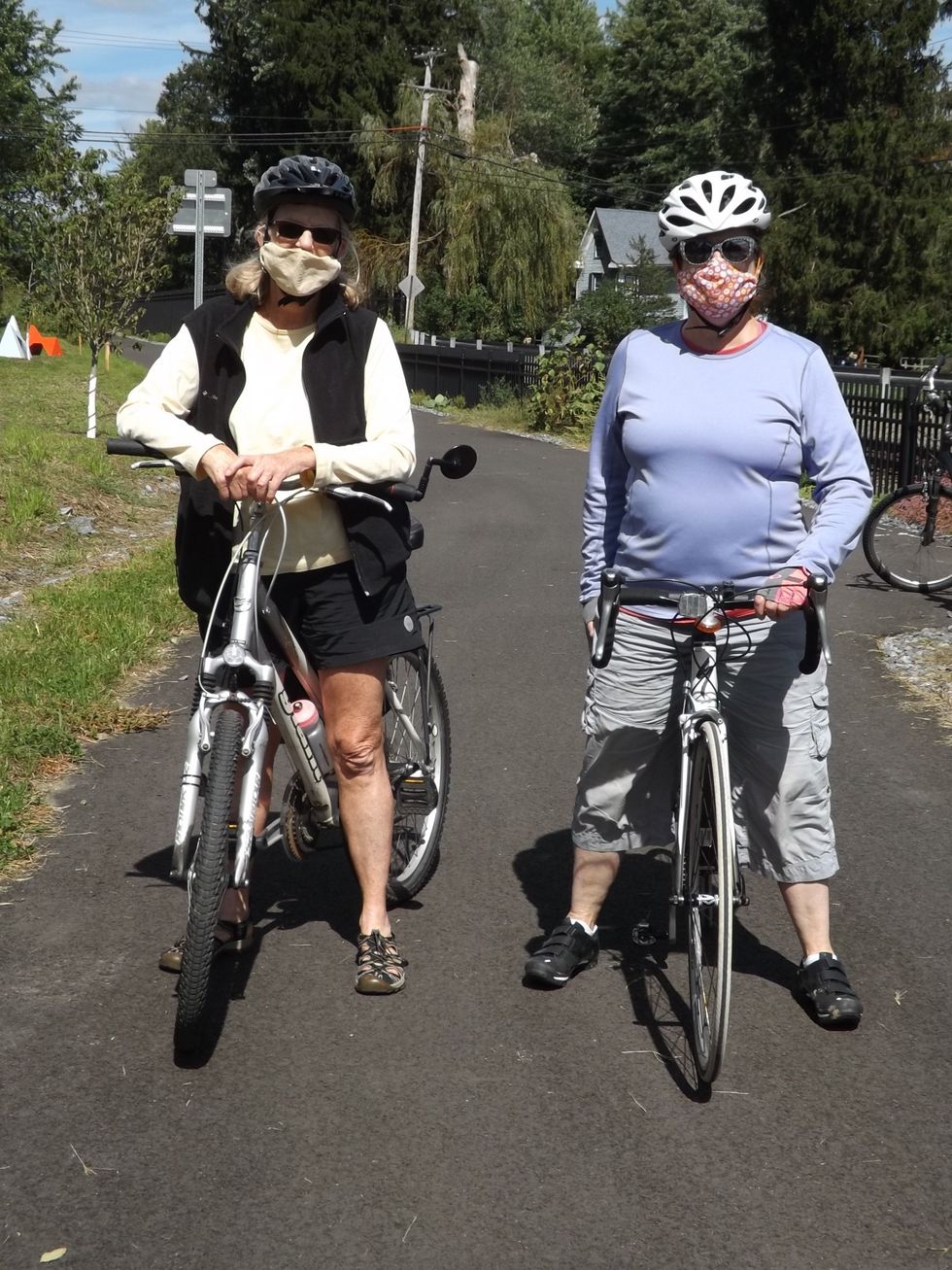
Visiting from Stockbridge, Mass., Linda Russell and Liz Hazen rode their bikes with their husbands (not pictured) along the new bicycle path leading into the hamlet of Wassaic on Saturday, Sept. 12.
Photo by Kaitlin Lyle



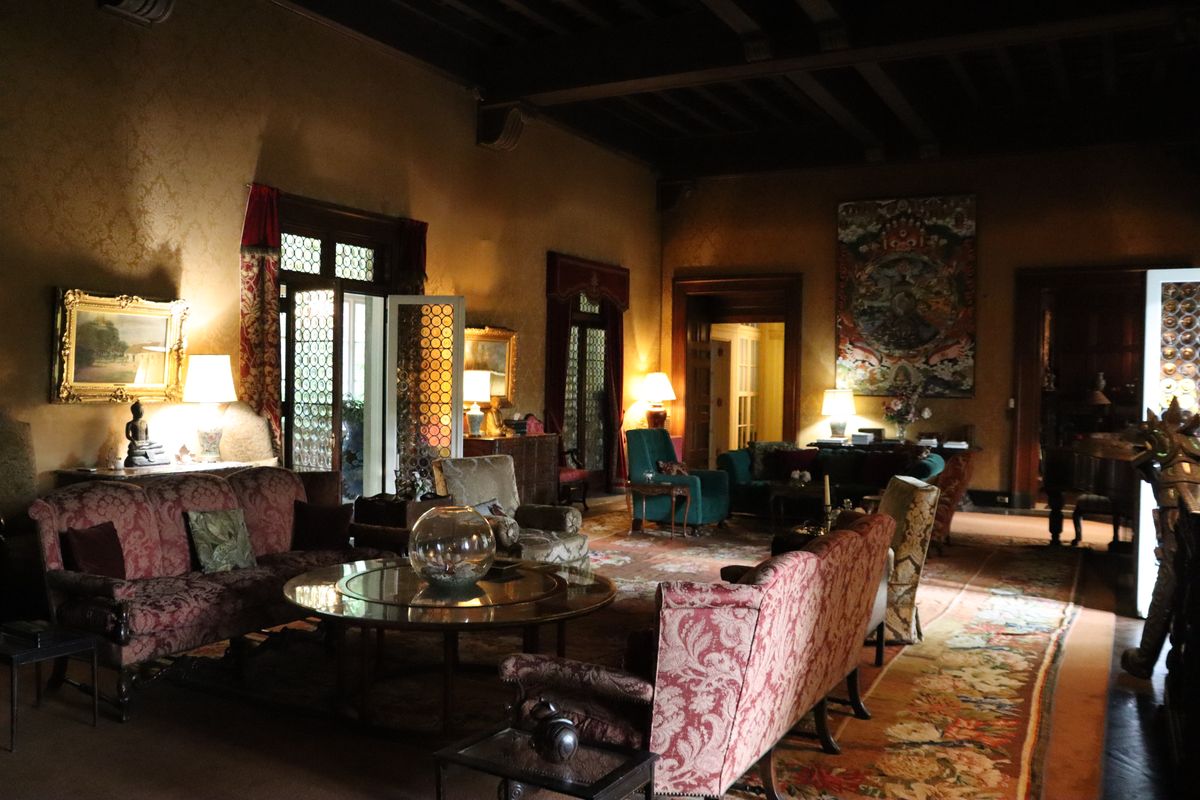
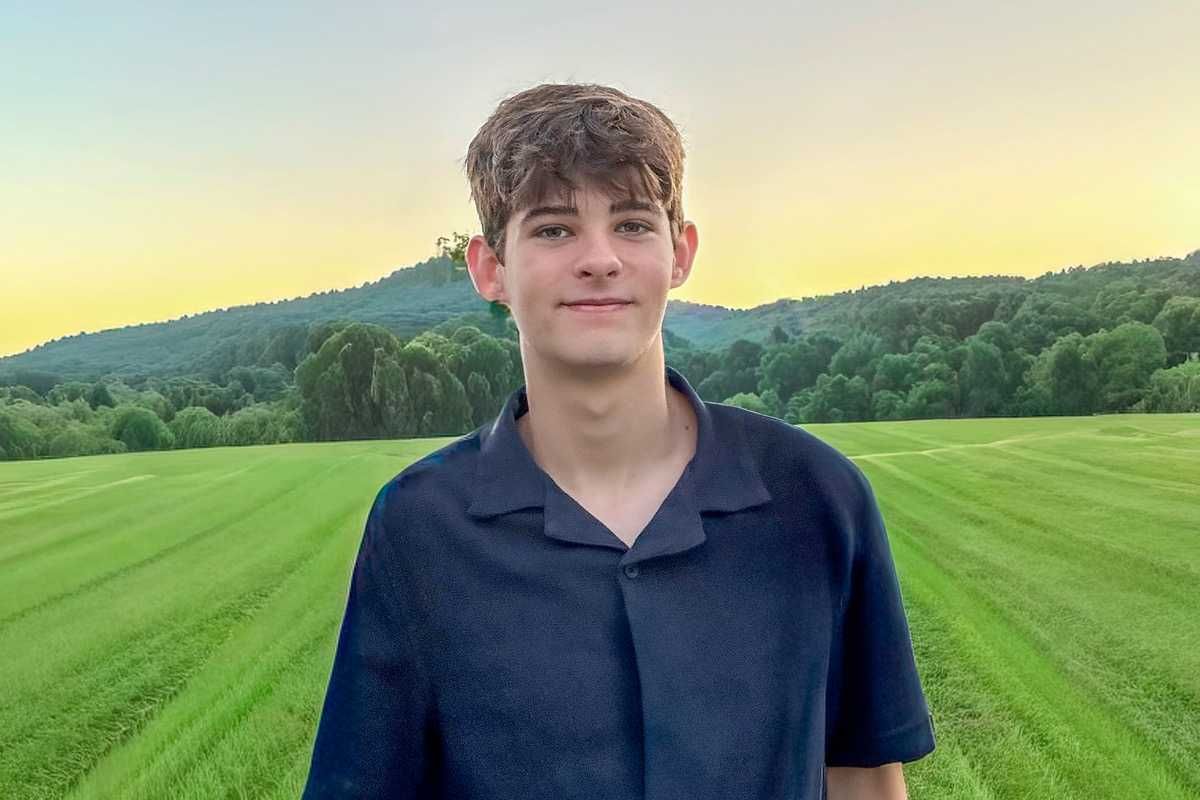
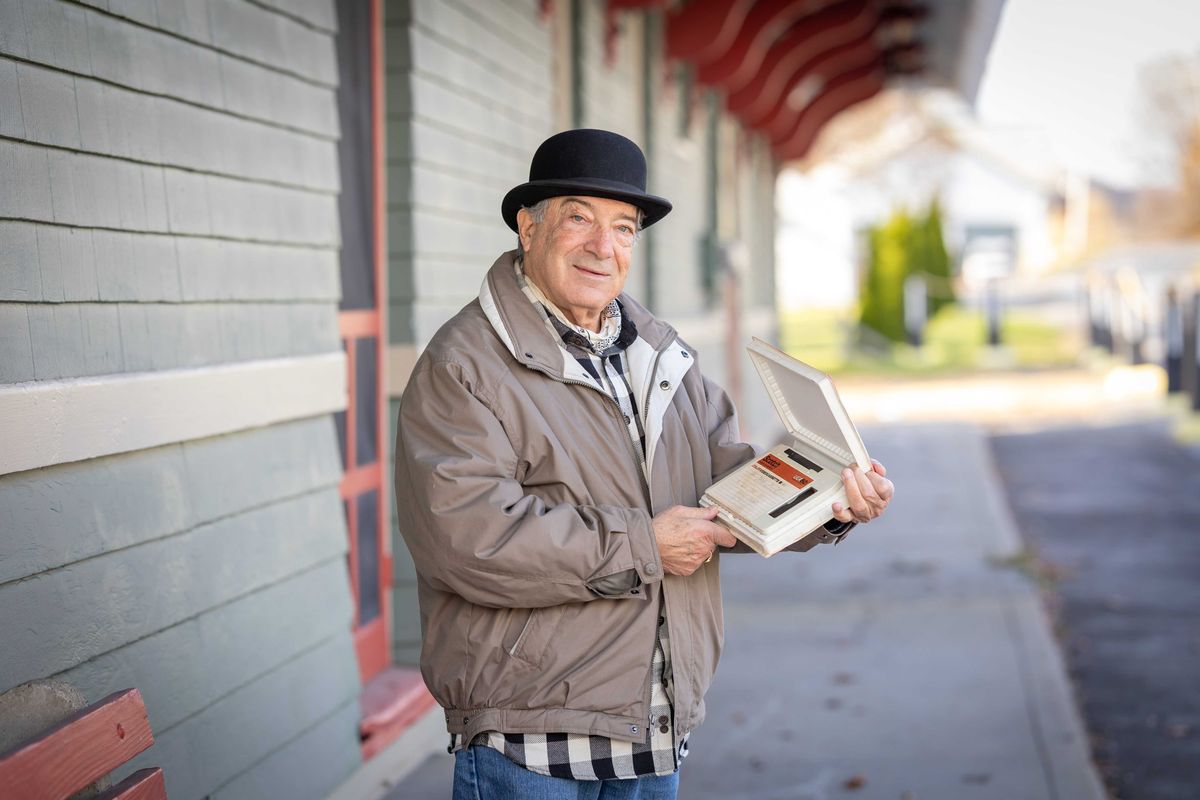
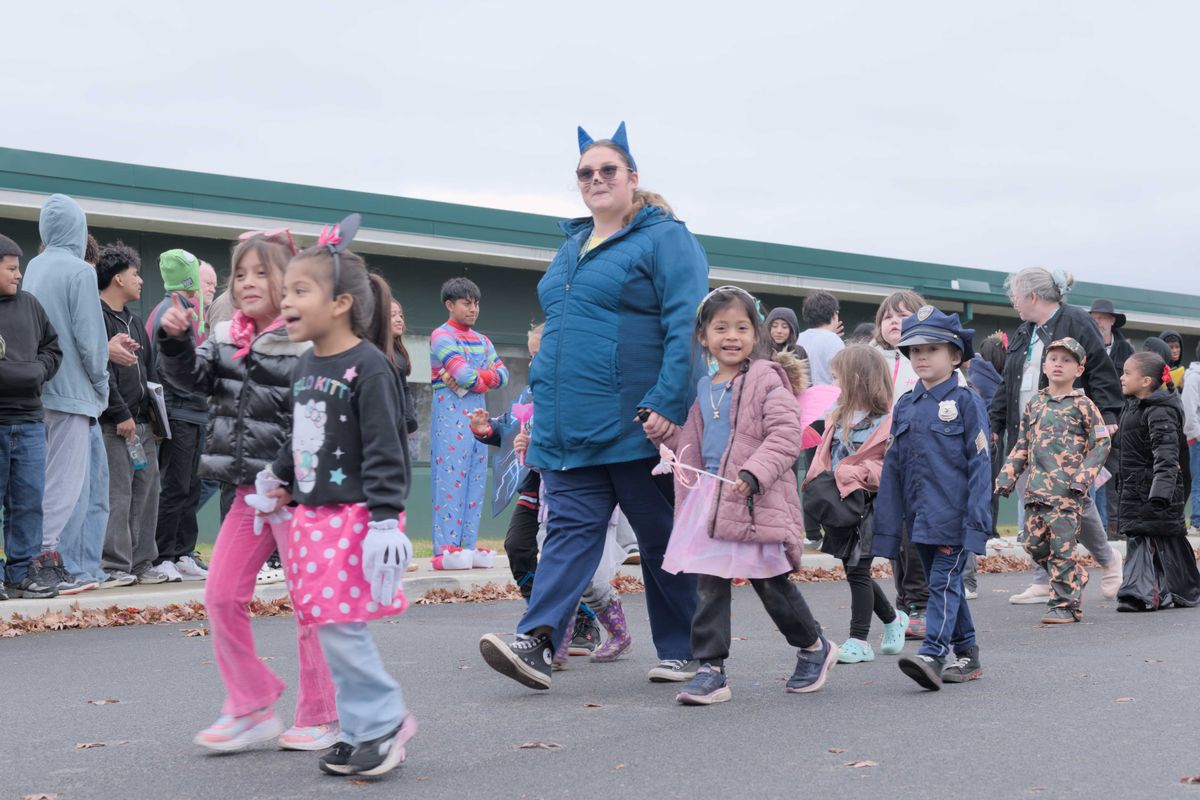
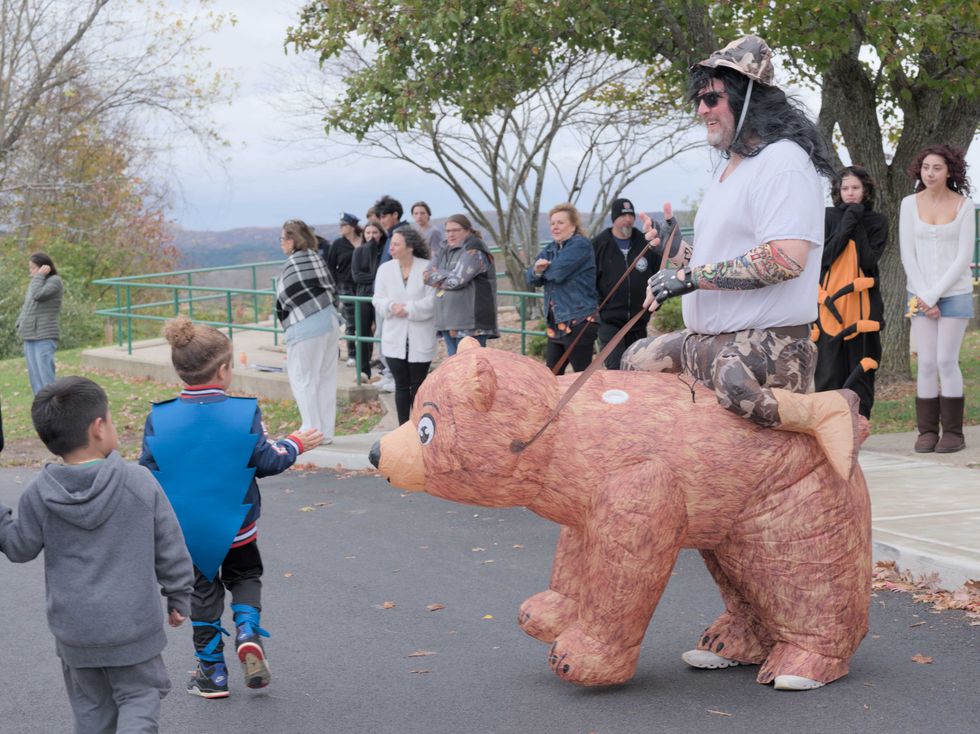 Webutuck High School social studies teacher Kevin Kleespies let students pet his bear steed as they passed.Nathan Miller
Webutuck High School social studies teacher Kevin Kleespies let students pet his bear steed as they passed.Nathan Miller